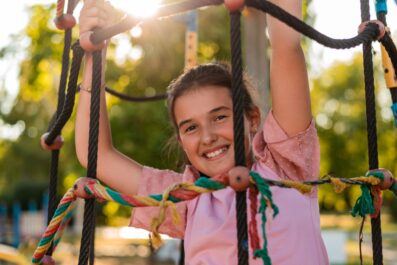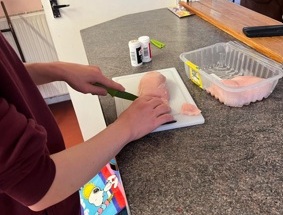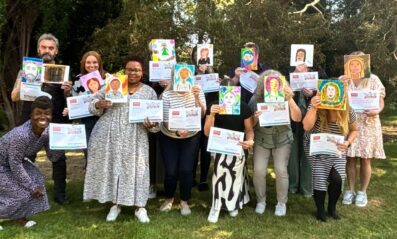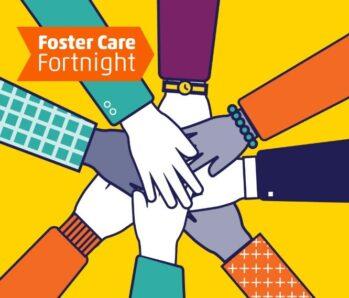Understanding Mindfulness
When asked about mindfulness, many of us might picture expensive yoga retreats or hour-long sessions of deep, isolated meditation. Many adults, let alone children, may feel that mindfulness is ‘not for them.’
However, there are so many different types of mindfulness. Mindfulness simply means taking the time to be aware of your thoughts, emotions, and your physical body, which can improve our mental state. Mindfulness is a skill which we can practice and perfect over time, can look different for every person, and can benefit us at any age.
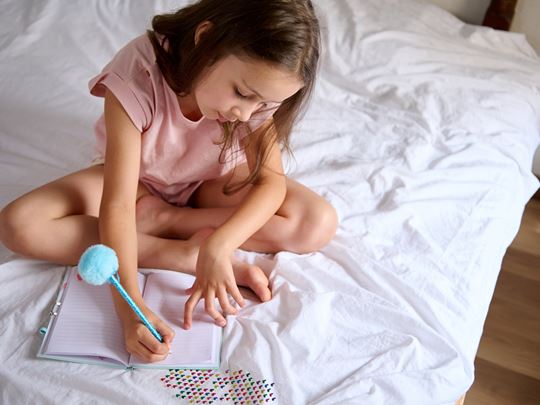
How can mindfulness benefit foster children?
Mindfulness is a great foundational skill which can benefit your foster children throughout their lives. Children are more easily able to learn new skills due to a function of our brains known as Neuroplasticity, which is at its most effective during the first five years of a child’s life.
This means that the earlier we begin learning mindfulness skills, the better— but it’s never too late to get started and experience all of the benefits of mindfulness!
- Mindfulness promotes healthy self-awareness and understanding of one’s emotions
- It helps teach children how to self-regulate their emotions
- Teaches self-acceptance
- Improves concentration skills
- Promotes a better connection between mind and body
5 Mindfulness Activities for Children
1) Enjoy nature together
Being among nature is not only fun and a great way to bond and get physically active, it also has great benefits for our mental health. There are plenty of great activities which can encourage mindfulness, such as bird watching or pond dipping, which encourages children to take some quiet time to enjoy observing creatures in their natural habitat. You might decide to plan a sensory barefoot walk over different surfaces, like grass, twigs, mud, or through a babbling brook— just make sure to check the area first to ensure that the ground is free of any hazards!
You could bring some nature home with you by encouraging your young person to explore the world around them by looking around for interesting shells, feathers or rocks. These can then be used to create a nature-themed sensory bag which they can continue to enjoy. Gardening is another calming mindful activity—why not set aside a place in your garden where your foster child can enjoy learning how to grow flowers, herbs or vegetables?
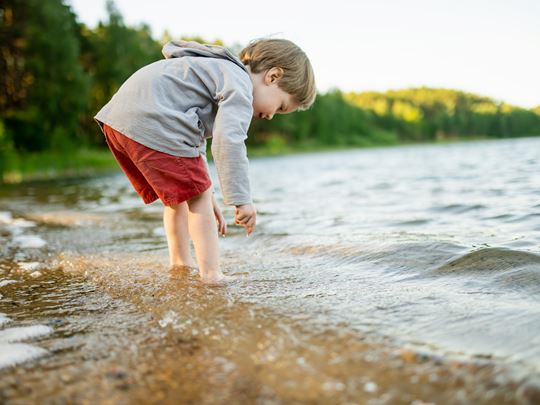
2) Journaling and colouring
There are no rules when it comes to journaling— it can be done wherever, at any time of day, and in whatever way a young person chooses. Perhaps the child you’re looking after might enjoy keeping a daily diary to write or draw pictures about their feelings and experiences, or using a paper or digital mood tracker to help them to better understand their emotions.
Other types of drawing such as creating Spirograph’s or drawing mandalas also require quiet concentration and can help with relaxation. Mindfulness colouring is another great option enjoyed by both children and adults. You don’t have to stick to just traditional colouring books, either— you could get crafty with painting by numbers, gem painting or ‘magic’ water painting. Another great benefit of getting crafty is that kids get to enjoy the results of their mindful activity, which can be proudly displayed on the fridge or on a bedroom wall!
3) Take a break from screens
In today’s day and age many parents find that it’s a struggle to keep children away from screens. However, it’s important to take steps to ensure children’s screen time is healthy. One study found that ‘excessive screen usage has detrimental effects on social and emotional growth’ and can increase the likelihood of mental health conditions such as anxiety and depression.
Spending time away from screens enjoying other activities improves children’s focus and concentration skills, which can aid to improve their performance at school and in other areas of life. Some mindful activities which children can enjoy include reading, crafting, writing a poem or story, or taking some time to relax and listen to their favourite music.
4) Explore the sensory world
Sensory activities are great fun, and they’re also a good way to get in touch with our physical bodies which helps with regulating emotions. There are plenty of options out there for sensory play, including sensory toys such as bubble timers, glitter tubes, kaleidoscopes or rainmakers. You could invest in a sensory projector, which can calm children with a range of entertaining effects including lava lamp projections, stars and aquatic scenes. Weighted blankets and noise-cancelling headphones are also great options.
Sensory experiences don’t have to be expensive; it can be much more fun to create your own sensory toys together! You could have fun theming sensory crafts in all kinds of ways— for example, by crafting a calming shaker jar filled with blue slime, sand and shells for the ocean, or by making a pirate-themed sensory box with ‘treasure’ items such as jewellery and gems hidden beneath the sand for your young person to explore.
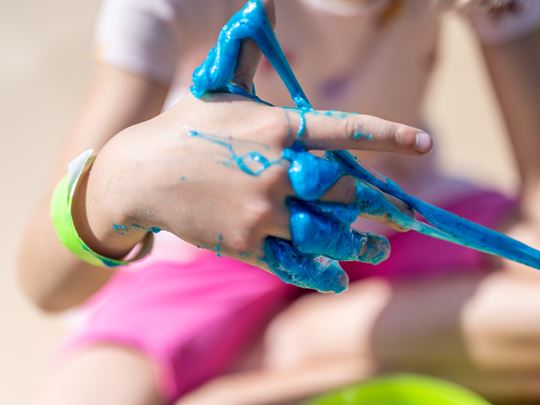
5) Meditation designed for children
Many people assume that meditation is not a good option for younger children, as it can be a lot to expect a child to sit still for a long periods of time. However, meditative practice can take whichever form you and your foster child choose— you could practice deep breathing exercises together on the drive to school, take a moment to listen to the birds while on a walk, or could read an age-appropriate guided meditation to them before bed which is fun and easy to follow along with. Finding little mindful moments throughout the day is a great way to achieve peace of mind.
Another great way to make meditation accessible to children is by introducing them to a guided meditation video. There are lots of bright and colourful guided meditation videos online which are designed specifically for kids, which make meditation fun and interactive. You could also add a physical element to meditation such as stretching, tai chi or yoga, which not only helps to keep kids engaged but also helps to keep them happy and healthy.
Interested in learning more about supporting your foster child’s wellbeing? Check out our blog post on how to support the mental health of children, or explore our kids care hub with for a range of mental health resources designed specifically for looked after young people.
